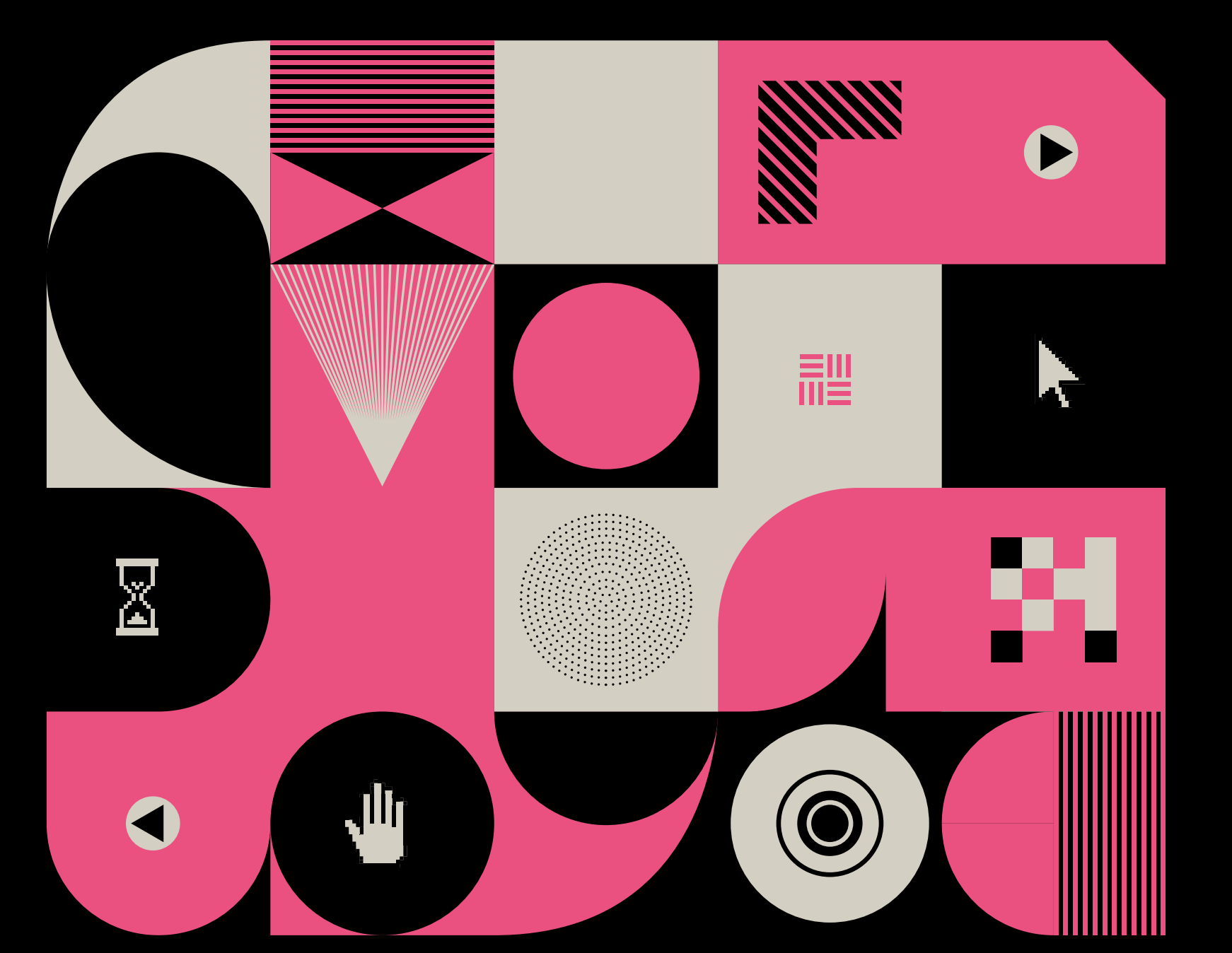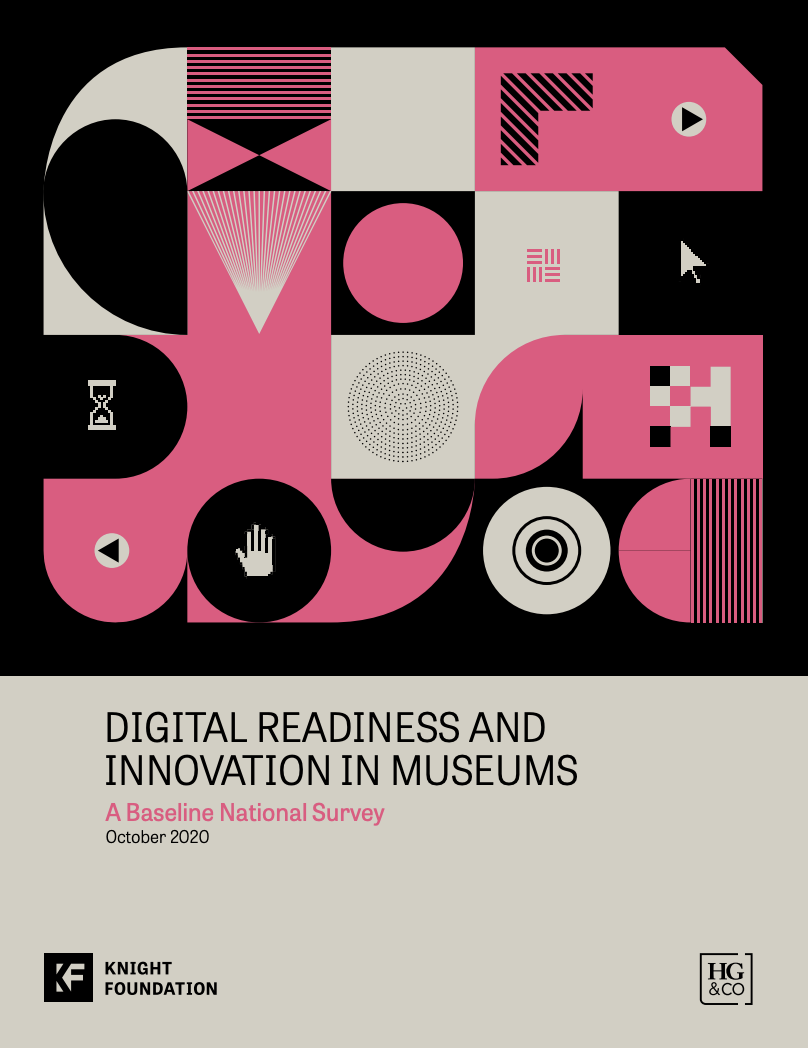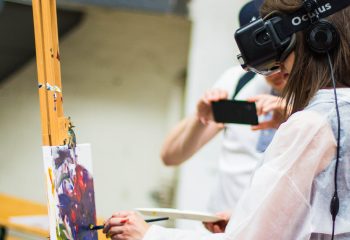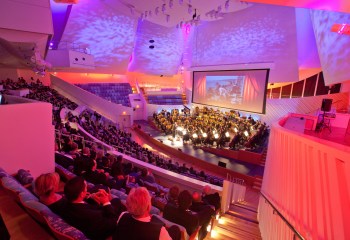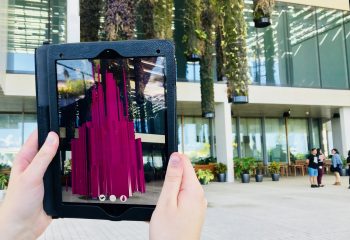To develop a fuller understanding of digital readiness and innovation maturity in the museum sector, Knight Foundation commissioned HG&Co, a leading cultural sector strategy and research firm, to conduct a field survey. This survey was deployed in partnership with the American Alliance of Museums and captures anonymous data from 480 museums of all sizes across all 50 states. This data includes art museums (30%), historic institutions and sites (38%), science museums (11%) and others. A total of 65% of the institutions who responded with size information were defined as small museums, meaning they have annual budgets of $5 million or less, or have fewer than 49 employees.
As these data were collected prior to the spread of COVID-19, findings shine a light on the status of digital innovation in the field prior to the crisis, but also identify both challenges and opportunities that might exist in building capacity for resiliency as the cultural landscape changes.
Key takeaways:
- Dedicated digital staffing is severely limited: Half of the institutions who responded, including 43% of art museums, had either no dedicated digital staff or this department was represented by a single individual. Medium-size institutions ($5–20 million annual budget) were twice as likely to report digital development teams in-house as smaller institutions.
- Digital strategies are still emergent: When asked, 31% of museums admitted they had no digital strategy while another 29% said theirs was in development. Only 25% have a shared digital strategy or incorporate one into their overall strategic plan.
- Digital projects are mostly siloed and outcomes poorly tracked: Approximately half (51%) of museums report that individuals or single departments conduct planning focused on a single project. Only 7% report projects being driven by a cross-functional group, but 18% say their planning is starting to bridge across areas. In addition, 41% of museums do not have any defined goals, KPIs or outcome measures for digital projects, and another 37% do so only on an ad hoc basis.
- Leadership support is high for digital projects: Just under half (44%) report strong leadership knowledge of and support for digital projects, including that digital leaders are a part of senior leadership teams. Across all museums, 11% say digital leaders are a part of senior leadership teams, which drops to 9% for art museums.
- Audience insights are shallow or poorly integrated: While 54% of museums report capturing basic feedback or demographics, only 18% are using audience data to shape efforts and offerings.
